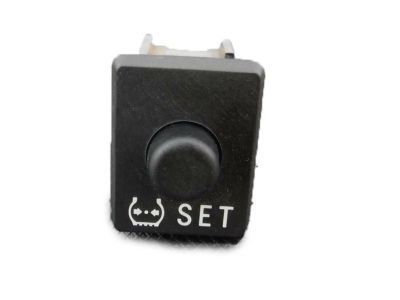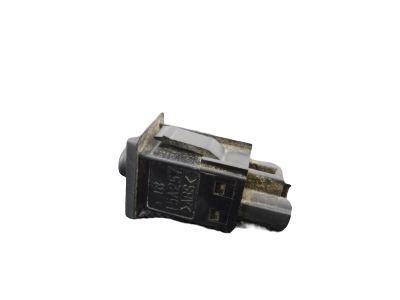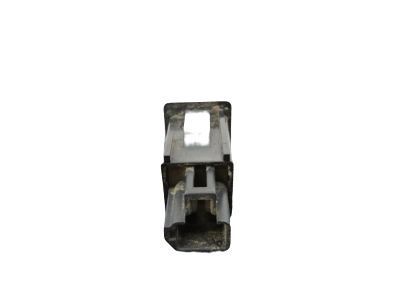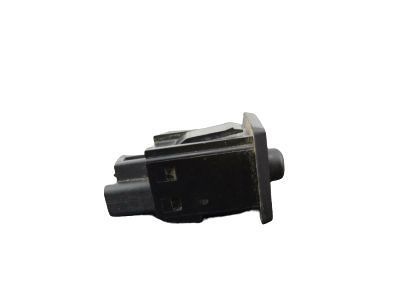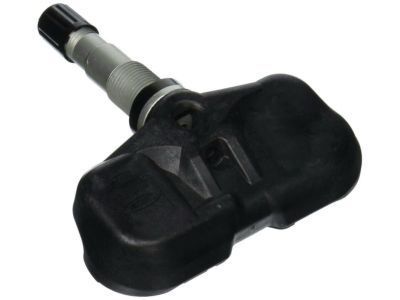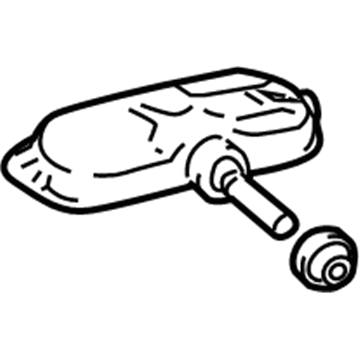×
ToyotaParts- Hello
- Login or Register
- Quick Links
- Live Chat
- Track Order
- Parts Availability
- RMA
- Help Center
- Contact Us
- Shop for
- Toyota Parts
- Scion Parts
My Garage
My Account
Cart
OEM 2009 Toyota Land Cruiser TPMS Sensor
Tire Pressure Monitoring System Sensor- Select Vehicle by Model
- Select Vehicle by VIN
Select Vehicle by Model
orMake
Model
Year
Select Vehicle by VIN
For the most accurate results, select vehicle by your VIN (Vehicle Identification Number).
2 TPMS Sensors found

2009 Toyota Land Cruiser Tire Pressure Sensor, Driver Side
Part Number: 84746-AE010$69.19 MSRP: $97.12You Save: $27.93 (29%)Ships in 1-3 Business DaysProduct Specifications- Other Name: Switch, Tire Pressure; TPMS Reset Switch; TPMS Sensor Service Kit; Pressure Switch; Warning Switch; Switch; Receiver; Indicator; Switch, Tire Pressure Warning
- Position: Driver Side
- Replaces: 84746-50010, 84746-48010
- Item Weight: 0.40 Pounds
- Condition: New
- Fitment Type: Direct Replacement
- SKU: 84746-AE010
- Warranty: This genuine part is guaranteed by Toyota's factory warranty.

2009 Toyota Land Cruiser TPMS Sensor
Part Number: 42607-33012$83.41 MSRP: $117.09You Save: $33.68 (29%)Product Specifications- Other Name: Valve Sub-Assembly, Tire; TPMS Sensor; TPMS Sensor Service Kit; Tire Pressure Sensor; Valve Stem; Tire Sensor; Pressure Sensor; Pressure Valve; Sensor
- Replaces: 42607-34020, 42607-52030, 42607-35030, 42607-52010, 42607-33010, 42607-33011, 42607-35010
- Condition: New
- SKU: 42607-33012
- Warranty: This genuine part is guaranteed by Toyota's factory warranty.
2009 Toyota Land Cruiser TPMS Sensor
Looking for affordable OEM 2009 Toyota Land Cruiser TPMS Sensor? Explore our comprehensive catalogue of genuine 2009 Toyota Land Cruiser TPMS Sensor. All our parts are covered by the manufacturer's warranty. Plus, our straightforward return policy and speedy delivery service ensure an unparalleled shopping experience. We look forward to your visit!
2009 Toyota Land Cruiser TPMS Sensor Parts Q&A
- Q: How should the TPMS Sensor and transmitter be disposed of properly on 2009 Toyota Land Cruiser?A: Users need to dispose of the tire pressure warning valve and transmitter which utilizes a lithium battery in a proper manner. The first step to dispose of the tire pressure warning valve and transmitter requires a screwdriver tip to remove its back cover which reveals both battery and base board with resin covering them. For safe battery disposal you need to cut through both electrical leads connecting it to the base board.
